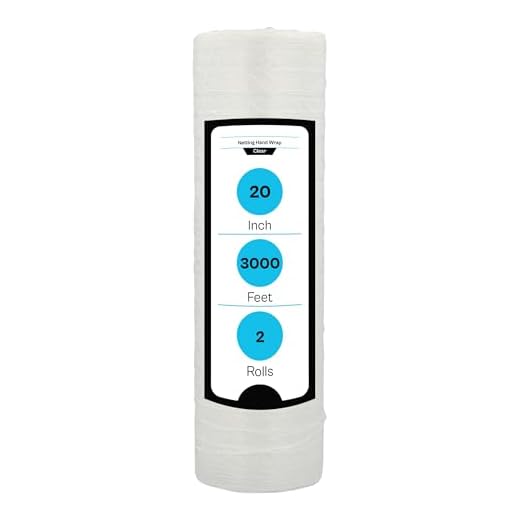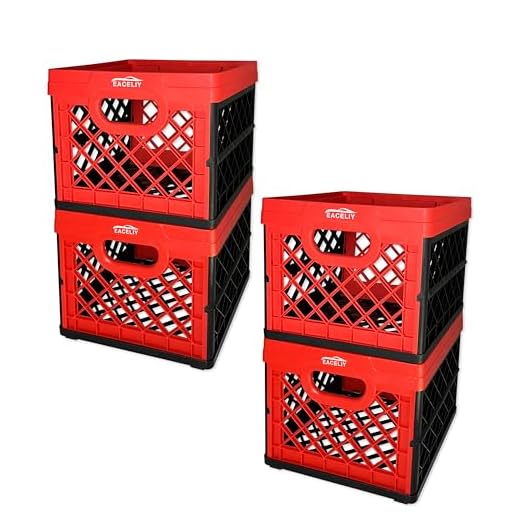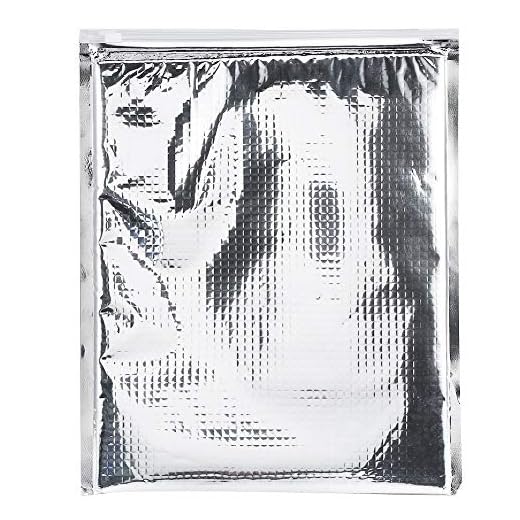



Security rules: Solid fruit, raw salad and packaged produce are generally permitted through checkpoints. Any dressings, sauces or purees are treated as liquids and must comply with the 100 ml / 3.4 oz limit and fit inside a single transparent resealable bag per passenger; baby food and medically necessary nutrition have exemptions but may require inspection.
Quarantine and import controls: Many destinations prohibit fresh fruit, raw herbs, seeds, soil, meat and dairy from foreign origins–Australia and New Zealand are strict examples. Check the destination’s plant-health authority (for the United States use USDA APHIS) and declare plant-based items on arrival forms to avoid fines, confiscation or mandatory destruction.
Packing recommendations: Keep items in original, labeled commercial packaging with purchase receipts; use an insulated pouch with approved gel/ice packs if items are perishable; place the package at the top of your cabin bag for rapid inspection. For sauces use single-serve sealed containers under 100 ml.
Domestic vs international travel: Within one country most airlines permit fresh produce in the cabin, though carriers may restrict strong-odour or spill-prone items. For international legs always verify destination quarantine rules and any required phytosanitary certificates before departure.
Checklist before you fly: 1) confirm security liquid limits for any accompaniments; 2) review your airline’s policy on perishables and odours; 3) consult the destination’s agricultural/quarantine website; 4) declare items on customs forms or dispose of them before clearing border control if prohibited.
Bringing Produce in Cabin Bags: Rules and Practical Advice
Pack fresh produce in a cabin bag for domestic flights only after checking both the airline’s allowance and the destination’s plant health regulations; solid items typically clear security, while purees, sauces and juices must meet liquid restrictions (100 ml / 3.4 oz limit).
Security screening and packing
Solid fruits, salads and raw roots are generally screened as solids; place them in a clear resealable bag and expect X-ray inspection. Prepared items containing dressings or blended ingredients are treated as liquids or gels – store these under 100 ml or move them to checked baggage. Remove soil and plant material (leaves with roots, potted plants) before travel to avoid quarantine holds.
Border controls and country-specific bans
Many destinations prohibit or restrict entry of fresh produce to prevent pests and disease. Australia and New Zealand enforce strict bans with large fines and mandatory disposal; U.S. mainland-to-Hawaii transfers require declaration and inspection. Always consult the arrival country’s agricultural authority or customs website before departure, declare all food items on entry forms, and obtain permits when required.
Safer alternatives: bring commercially sealed, canned, jarred or dried items, or buy fresh produce after passing border control. If transporting perishables internationally for a specific need (medical, professional samples), obtain written clearance from the destination’s plant health agency and carry accompanying documentation. Expect random inspections and possible disposal without refund for undeclared or prohibited items.
Are fresh produce items permitted in in-cabin bags on U.S. domestic flights?
Yes – U.S. Transportation Security Administration permits fresh produce in in-cabin bags for domestic travel, but compliance with TSA screening and agriculture quarantine rules is required.
TSA specifics: solid food is allowed through security. Any sauces, dressings, or marinades that accompany produce must follow the 3-1-1 liquids rule (containers 3.4 oz / 100 ml or smaller, all in one quart-size clear bag). Expect primary screening and possible additional inspection of containers, packaging or ice packs.
Agricultural restrictions: state and territorial quarantine laws can prohibit or restrict moving fresh produce. Hawaii enforces one of the strictest rules (most fresh fruits, plants and soil are banned unless inspected and declared); Guam and some U.S. territories have similar prohibitions. Failure to declare restricted items on arrival forms can lead to confiscation and fines. Check USDA APHIS and the destination state Department of Agriculture before travel.
Packing recommendations: use clean, sealed rigid containers; keep perishable items chilled with frozen gel packs that are completely solid at screening (partially thawed gels may be treated as liquids); avoid wet ice. Label contents and be prepared to remove containers at the checkpoint for inspection. For larger shipments or quantities, place goods in checked bags and verify quarantine rules for the arrival airport.
If flying into Florida and planning local stops, also see local attractions such as best aquarium in jacksonville fl and confirm any regional transport rules before packing produce.
Which produce is prohibited on international flights and how to confirm destination rules
Do not bring fresh produce across an international border unless you have confirmed acceptance and obtained any required import permit or phytosanitary certificate from the destination authority.
Commonly prohibited items (examples)
Roots, tubers and bulbs: potatoes, yams, cassava, garlic bulbs, onion sets and ornamental bulbs are frequently banned or require strict permits; presence of soil or root material almost always triggers prohibition.
Live plants and cuttings: potted plants, seedlings, rooted herbs and live plant material are usually forbidden without permits and inspection.
Soil, compost and untreated growing media: universally restricted because they harbor pests and pathogens.
Seeds for sowing: many countries require separate phytosanitary clearance or entirely prohibit certain seed species.
Fresh fruit and leafy items: restricted in many markets due to fruit flies, bacterial and fungal diseases; acceptance depends on species and country-specific pest lists.
How to verify specific country requirements
1. Identify the exact common and scientific name of the item(s) you intend to transport; regulatory lists use species names.
2. Consult the destination country’s plant health agency/NPPO web pages: examples–USDA APHIS (USA), CFIA (Canada), Animal and Plant Health Agency (UK), BICON (Australia), MPI (New Zealand), DG SANTE or national NPPO contact for EU members. Use the NPPO contact list on the IPPC site if unsure which office to contact.
3. Use official import databases/tools: USDA Phytosanitary Export Database (PExD), Australia’s BICON, New Zealand MPI import tool or the destination NPPO’s permit search. Search for “[country] import requirements fresh produce” with the species name.
4. Check permit and certificate needs: if an import permit or phytosanitary certificate is required, obtain it from the exporting country’s NPPO before travel; retain originals and proof of commercial packaging/purchase where applicable.
5. Call or email the destination NPPO or the airport agriculture office for confirmation when online guidance is ambiguous; request written confirmation if possible.
6. Declare all plant products on the arrival form and present items for inspection; failure to declare commonly results in fines, seizure, treatment or destruction and possible legal action.
Tip: processed, canned or commercially heat-treated products often have fewer restrictions than raw produce, but verify per species and destination before travel.
How to pack produce for cabin baggage to prevent leaks, bruising and odors through security screening
Use rigid, leakproof containers (hard plastic or food-grade polypropylene) with absorbent liners and individual padding; whole items rather than cut pieces reduce moisture and bruising.
Packaging protocol: wrap each piece in a single layer of unprinted paper towel or soft foam sheet, place items snugly to prevent movement, add a folded paper towel between layers, then seal inside a rigid container. Place that container inside a clear resealable bag to catch any external seepage.
Liquid and gel rules: sauces, dressings, and watery sliced produce fall under the 100 mL / 3.4 fl oz limit for cabin screening in US and EU areas and must be presented separately in a transparent resealable bag. Frozen gel packs are acceptable only if fully solid at X-ray inspection; partially thawed packs will be treated as liquids.
Odor control: use double-sealed freezer bags or an airtight plastic container with a silicone seal. For strong-smelling items, insert a small activated-carbon sachet between container lid and outer resealable bag; avoid loose baking soda in the same compartment.
Temperature and spoilage: pre-chill items and use a frozen gel pack that remains solid through screening; place the frozen pack beneath the container to avoid direct crushing. For flights over 3–4 hours, plan for refrigeration at destination or choose only resilient produce.
Security screening placement: keep the sealed container near the top of the cabin bag so it can be removed and placed in a bin if requested for separate inspection. Clearly label containers with content type and packing date to speed inspection and reduce handling.
| Item type | Best packaging | Recommended container size | Screening note |
|---|---|---|---|
| Firm whole (apples, carrots) | Single-layer paper towel + rigid container | Small: 500–700 mL | Low leak risk; keep accessible for X-ray |
| Soft whole (tomatoes, peaches) | Foam wrap per item + rigid container | Medium: 700–1,200 mL | Higher bruise risk; avoid top-pressure items |
| Berries, sliced fruit | Vented clamshell or vacuum-sealed bag + absorbent pad | Small: 250–500 mL | High leak risk; sliced portions count as liquids if watery |
| Dressings, dips | Clear bottles ≤100 mL inside resealable bag | ≤100 mL (3.4 fl oz) | Must follow 100 mL rule for cabin screening |
Final checklist before departure: no overfilled containers, frozen gel packs fully solid, double-seal strong-smelling items, label containers, and position for quick removal during screening.
Declare fresh produce at customs – paperwork required
Declare all fresh produce, seeds, tubers, bulbs and live plant material on arrival; undeclared items are routinely seized and may result in fines, quarantine treatment or refusal of entry.
- Standard documents:
- Customs declaration/arrival card completed truthfully.
- Phytosanitary certificate issued by the exporting country’s plant health authority (required for most international shipments and many personal imports).
- Import permit or specific authorization (required for certain species, regulated genera or commercial volumes).
- Treatment certificate (e.g., fumigation, cold treatment) when post‑harvest processing is mandated.
- Commercial invoice, packing list or receipts proving origin and quantity for items purchased abroad.
- Traveler rules vs commercial shipments:
- Small quantities for personal use often require only a declaration and inspection; documentation still speeds clearance.
- Commercial consignments typically require full phytosanitary documentation and pre‑clearance by the importing country.
- Country highlights:
- United States (USDA/APHIS): Declare all plant material on the CBP declaration; commercial imports need a phytosanitary certificate and possibly an import permit; agricultural inspection at ports of entry is routine.
- European Union: Intra‑EU movement of certain plants and plant products requires plant passports; imports from third countries require a phytosanitary certificate and may be subject to additional sanitary checks.
- Canada (CFIA): Declare on arrival; some fresh produce requires a phytosanitary certificate and may need an import permit depending on species and origin.
- Australia & New Zealand: Strict biosecurity regimes – most fresh produce from overseas is prohibited without prior permission; phytosanitary certificates, import permits and mandatory inspection commonly required; severe penalties for non‑declaration.
- On arrival: mark agricultural items on the arrival card or electronic kiosk, keep produce accessible and present documentation to the inspector on request.
- Inspection outcomes: clearance, mandatory treatment (on site or at destination), export back to origin, or destruction with possible monetary penalty.
- If commercial quantities are intended, contact the importing authority before travel to obtain required permits and avoid shipment refusal.
- Quick practical tips:
- Keep receipts and country‑of‑origin labels together with the produce for faster checks.
- Pack items so they are easy to present without spilling or contaminating other goods.
- Use a sturdy travel bag to prevent leaks or damage – see best gym bag for swimmers for suitable options.
- For drying or airing produce after inspection, portable solutions may help – see best umbrella clothesline canada.
What to do if security refuses your produce: storage, disposal or buying replacements after screening
Ask security right away which of these four options is available: transfer the items to airline check-in for placement in hold baggage, deposit them at the airport left-baggage facility, surrender for disposal, or donate to an on-site program or staff. State your flight number and time to speed a solution.
If transfer to checked baggage is offered: return to the airline desk immediately, repack into a rigid, leakproof container, label with name and flight number, and ask the agent to add a note to your booking. Keep the new checked-bag receipt and photograph the packed container and tag.
If left-baggage storage is the only option: confirm operating hours, size limits and fees before handing items over. Typical fees range from a few dollars/pounds for small items to higher daily charges for larger lockers; check the airport website or ask the booth for exact pricing and retrieve deadline.
If disposal is required: request an official statement or written confirmation that items were destroyed for security/agricultural reasons, and photograph the items and the checkpoint location. If agricultural or border officers are involved, ask for the officer’s name, badge number and a confiscation form for potential complaints or insurance claims.
If you prefer donation or salvage: ask whether staff accept perishable donations or if there is a nearby charity collection point. If permitted to give items away, hand them over outside the screening zone so staff do not create a contamination risk inside secure areas.
Packaging and preservation during last-minute moves: use sealed containers and zip bags to prevent leaks, include gel ice packs (wrapped and insulated) if allowed by the airline for checked transport, and place absorbent material under items to stop cross-contamination. Attach a short content note to the container describing what’s inside and destination flight.
Documentation and follow-up: if items are confiscated by airport or agricultural officers, collect a written receipt or incident number, keep boarding passes and bag tags, and email the airport’s lost-property or security office with photos and timelines to request records or reimbursement where applicable.
Buying replacements after screening: once through the checkpoint, purchase sealed, prepackaged fresh goods from airside shops or food outlets; for international arrivals, obtain replacements only after clearing destination customs to avoid further seizure. If time is tight, choose ready-to-eat, shelf-stable options sold in the terminal.
Useful short script when speaking to staff: “My items were refused at the checkpoint. Please advise: transfer to check-in, left-baggage storage, donation, or disposal, and issue any written confirmation.”








